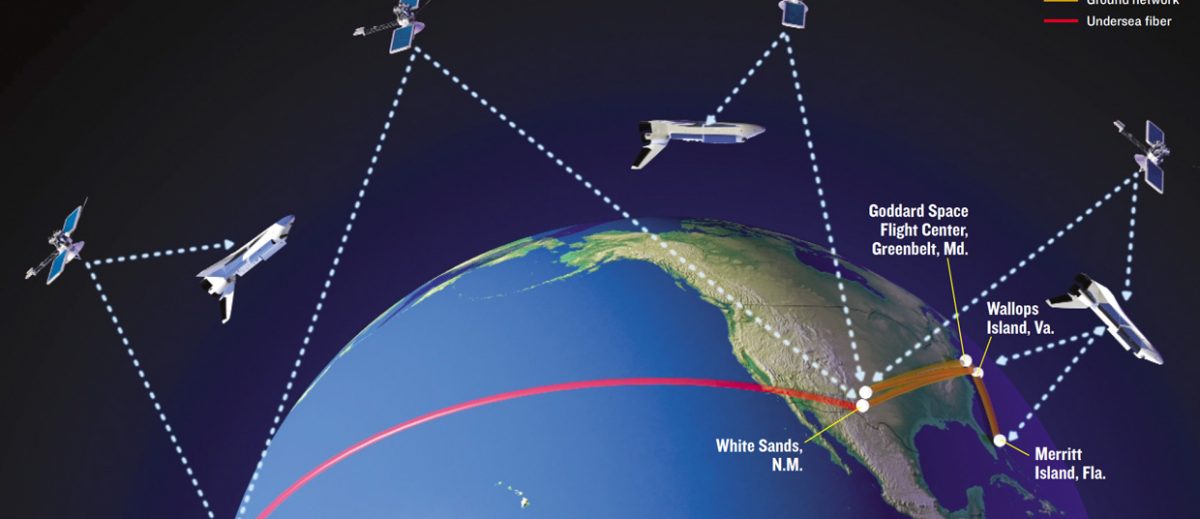
The interplanetary internet is a conceived computer network in spaces, consisting of a set of network nodes that can communicate with each other. Astronauts first got internet access, five years ago.
WHAT IS THE CONCEPT OF INTERNET IN SPACE? :
Internet connectivity in space is structured around a network of tracking and data relay satellites – the same types of communication satellites that NASA operates on the ground use, to communicate with astronauts on the international space station. This move was designed to help improve the quality of life of the astronauts and help them feel less isolated in space.
INTERNET IN SPACE : THE BASICS
At its core, space communications rely on two things – a transmitter and a receiver. A transmitter encodes a message onto the electromagnetic waves through modulation, which transforms the properties of the wave to represent the data. These waves flow through space towards the receiver. The receiver then collects those electromagnetic waves and demodulates them, decoding the sender’s message. However, communicating from space involves more than pointing a spacecraft’s antenna at the earth. All over seven continents, NASA has an extensive network of antennas, to receive transmission from space craft.
SOME MORE FACTS :
Interplanetary communication is greatly delayed by interplanetary distances and thus a new set of protocols and technologies that are tolerant to great delays and errors are required. Space communication technology has steadily evolved from costly, one-of-a-kind, point to point architectures to the re-use of technology on successive missions, to the development of standard protocols agreed upon by space agencies of many countries.
This later development has started since 1982 through the efforts of the Consultative Committee for Space Data Systems (CCSDS), an entity composed of the major space agencies of the world. It has 11 member agencies, 32 observer agencies and over 119 industrial associates. The evolution of space data system standards has gone on parallely with the evolution of internet, sometimes overlapping, but mostly as a separate evolution.
THE CHALLENGES:
In the core implementation of the interplanetary internet, satellites orbiting a planet communicate with other planet’s satellites. Simultaneously, these planets revolve around the sun with long distances, and thus many challenges face the communications.
• The motion and long distances between planets – The interplanetary communication is greatly delayed due to due to interplanetary distances and motion of the planets. The extent of the delay is variable and long, ranging from a couple of minutes to a couple of hours.
• Low embeddable payload – Satellites can only carry a small payload, which poses challenges to the power, mass, size and cost for communication hardware design. All these limitations would lead to an assymetric bandwidth.
• Absence of fixed infrastructure – Due to constant motion, the graph of participating nodes in a specific planet to a specific planet communication keeps changing over time.
CONCLUSION :
This is an evolving field of science and NASA is developing technologies and capabilities that address the real world challenges of space communications and make it fast and hassle-free.
https://kolahalstudio.com/single-blog.php?blog=Deforestation
https://nigelakkara.com/why-we-say-merry-christmas-and-not-happy-christmas/